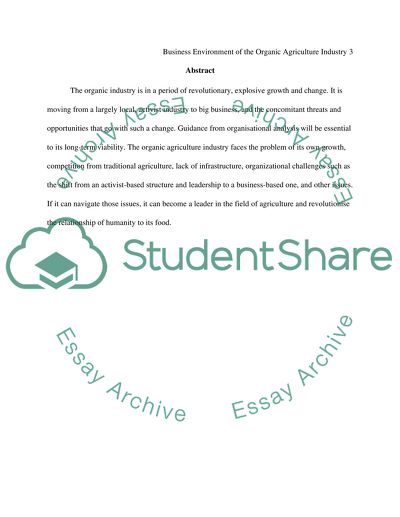Cite this document
(“Assessment item 4: End-of-term reflection Essay”, n.d.)
Retrieved from https://studentshare.org/environmental-studies/1406534-assessment-item
Retrieved from https://studentshare.org/environmental-studies/1406534-assessment-item
(Assessment Item 4: End-of-Term Reflection Essay)
https://studentshare.org/environmental-studies/1406534-assessment-item.
https://studentshare.org/environmental-studies/1406534-assessment-item.
“Assessment Item 4: End-of-Term Reflection Essay”, n.d. https://studentshare.org/environmental-studies/1406534-assessment-item.


